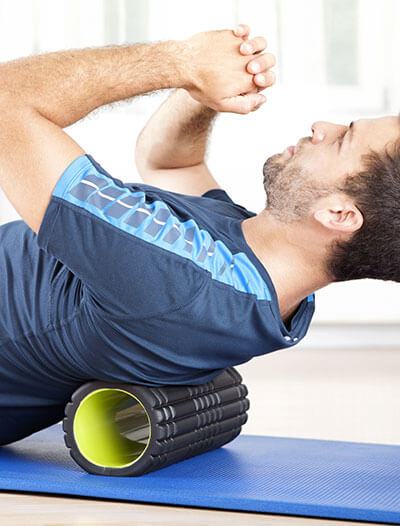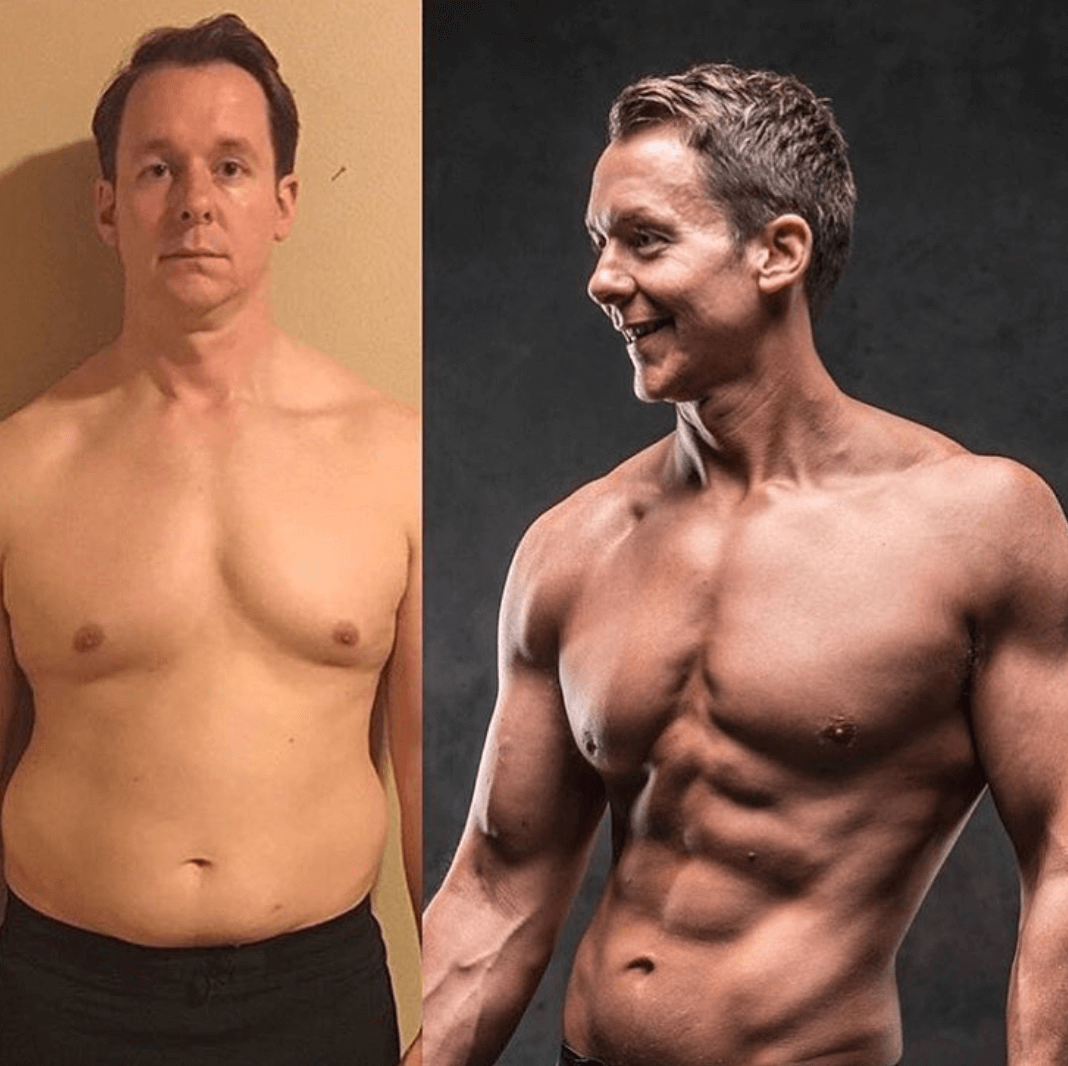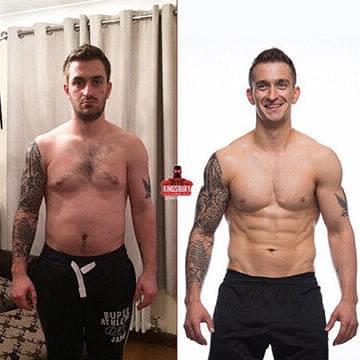Recovery
When it comes to training and exercise, your enthusiasm and zeal can mean you think the answer to success is to practically live in the gym. Spending time lifting weights, running on the treadmill or cross-training with the best of them every hour you can, might seem like the only solution, but it may well be doing you more harm than good.
When you’re training regularly, your body undergoes enormous physical stress internally. There’s more to exercise than the sweat rolling down your face. Your muscles undergo enormous pressure to lift those weights and respond to what you’re asking of them. Because of that, you need time to recover effectively. By allowing your body the time it needs to repair itself, so it’s ready to come back bigger, better and stronger than before, it needs to do just that, recover!

When it comes to recovery, you need to take the idea just as seriously as the training itself. It might feel like you should be doing ‘something’ instead of resting, but it’s an integral part of the bigger picture. Recovery doesn’t mean, slobbing about on the sofa, there is so much more to it than that.
Some of the best ways to recover might be new to you. One of the best ways can occur whilst you’re still in the gym, and that’s foam rolling. Foam rolling, or self-myofascial release as it’s also known, is a form of self-massage used to release muscle tightness or trigger points. By using a cylindrical piece of foam (other types are available) you can apply an amount of pressure to specific points on your body to aid their recovery and to help them return to their optimal state, i.e. healthy, malleable and ready to go when you need them too!
Recovery is also about what you do when you’re not training. This can include staying mobile, sleeping better and, of course, eating well. Getting regular, good quality sleep, eating a nutritionally-balanced diet and keeping active with good mobility all aid your recovery. By doing any of those things, you’re halfway there to full recovery.










